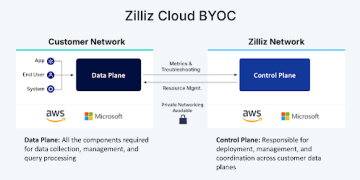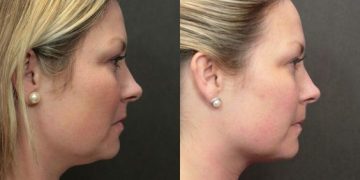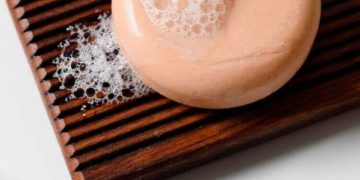What is Non-Surgical Facial Contouring?
Non-surgical facial contouring refers to a variety of cosmetic procedures that enhance and reshape the face without surgery. These treatments use advanced technologies and materials to lift, tighten, and define facial features, offering a non-invasive alternative to traditional surgical methods like facelifts and rhinoplasties.
Popular Non-Surgical Contouring Techniques
1. Dermal Fillers
Dermal fillers are perhaps the most well-known non-surgical contouring option. Composed primarily of hyaluronic acid, a substance naturally found in the skin, these fillers add volume to specific areas of the face. They can enhance cheekbones, plump lips, and smooth out wrinkles, providing a more youthful appearance.
2. Botox
Botox, or botulinum toxin, is another widely used non-surgical treatment. While primarily known for reducing wrinkles, Botox can also be used to contour the face by relaxing specific muscles, leading to a more defined jawline and reduced appearance of a double chin.
3. Thread Lifts
Thread lifts involve the use of temporary sutures to produce a subtle but visible lift in the skin. Instead of removing the patient’s loose facial skin surgically, the cosmetic surgeon simply suspends it by stitching up portions of it. This pulls the skin back slightly, lifting and tightening the face.
4. Laser Treatments
Laser treatments utilize concentrated light energy to target deeper layers of the skin, stimulating collagen production. This results in tighter, smoother skin and a more contoured appearance. Popular laser treatments include fractional lasers and non-ablative lasers.
5. Radiofrequency and Ultrasound
Radiofrequency (RF) and ultrasound technologies are used to heat the deeper layers of the skin, promoting collagen production and tissue tightening. Treatments like Ultherapy use ultrasound, while Thermage employs radiofrequency, both achieving similar results in contouring and tightening the skin.
Benefits of Non-Surgical Face Contouring
1. Minimal Downtime
One of the primary benefits of non-surgical face contouring is the minimal downtime associated with these procedures. Unlike surgical facelifts, which require weeks of recovery, non-surgical treatments allow patients to resume their normal activities almost immediately.
2. Lower Risk
Non-surgical procedures carry fewer risks compared to surgical ones. There is no need for general anesthesia, and the risk of complications such as infections and scarring is significantly reduced.
3. Cost-Effective
While the costs of non-surgical procedures can vary, they are generally more affordable than surgical options. This makes them accessible to a broader range of individuals seeking aesthetic improvements.
4. Natural-Looking Results
Non-surgical treatments often provide more natural-looking results compared to surgical alternatives. Because these procedures enhance the existing facial features rather than drastically altering them, patients can achieve a more subtle, refined look.
The Future of Non-Surgical Facial Contouring
As technology continues to advance, the range of non-surgical face contouring options will expand. Innovations in dermal fillers, improved techniques in laser and radiofrequency treatments, and new developments in thread lifts promise even better results with less discomfort and downtime. Additionally, personalized treatment plans tailored to individual needs and facial structures will become the norm, ensuring optimal outcomes for patients.
Conclusion
Non-surgical facial contouring is revolutionizing the field of aesthetics, offering effective, low-risk, and cost-efficient alternatives to traditional surgical methods. With continuous advancements in technology and techniques, non-surgical face contouring is set to become the future of aesthetic enhancement, allowing individuals to achieve their desired look with minimal disruption to their lives.




















